U.S. Secretary of Defense Pete Hegseth released a directive on July 10, 2025, that pushes the Pentagon to speed up drone production and deployment, labeling uncrewed systems as the biggest battlefield shift in decades. This move addresses gaps in U.S. military capabilities against rivals producing millions of low-cost drones annually, setting firm deadlines to equip every squad with expendable units by late 2026. The policy aims to cut bureaucracy and favor American-made technology.
Core Reforms and Deadlines in the Directive
Hegseth’s memo directs senior leaders to approve hundreds of U.S.-produced drones for military use and integrate them broadly into operations. He emphasized rapid changes to match adversaries’ advances.
“Our adversaries collectively produce millions of cheap drones each year. While global military drone production skyrocketed over the last three years, the previous administration deployed red tape. U.S. units are not outfitted with the lethal small drones the modern battlefield requires,” Hegseth wrote in the directive.
The policy outlines specific timelines to transform procurement and training. By September 1, 2025, the Army, Navy, Marine Corps, and Air Force must form experimental units focused on scaling small unmanned aerial systems (UAS) by 2026, starting with Indo-Pacific Command forces. Within 30 days from July 10, the Office of Strategic Capital and Department of Government Efficiency need to propose incentives like loans or advance purchases to expand domestic production. Each service branch will create dedicated UAS program offices to drive quick acquisitions and compete on best practices.

Other deadlines include identifying programs replaceable by drones within 60 days and designating at least three training ranges with varied terrain, including over-water sites, within 90 days. By January 1, 2026, the Blue List—a registry of approved UAS, parts, and software—transfers to the Defense Contract Management Agency, becoming an AI-searchable digital tool with user ratings and supply chain data. Hegseth expects drone integration in all key training by 2026, including simulated drone battles, and full adoption across major events by 2027. The goal equips every squad with low-cost, expendable drones by the end of 2026, prioritizing Pacific units.
Hegseth concluded with a call for bold action. “Our adversaries have a head start in small UAS, but we will perform a technological leapfrog and establish small UAS domain dominance by the end of 2027. We will accomplish this urgent goal by combining the Nation’s best qualities, including risk-taking. Senior officers must set the tone. Accelerating this critical battlefield technology requires a Department of War culture,” he wrote.
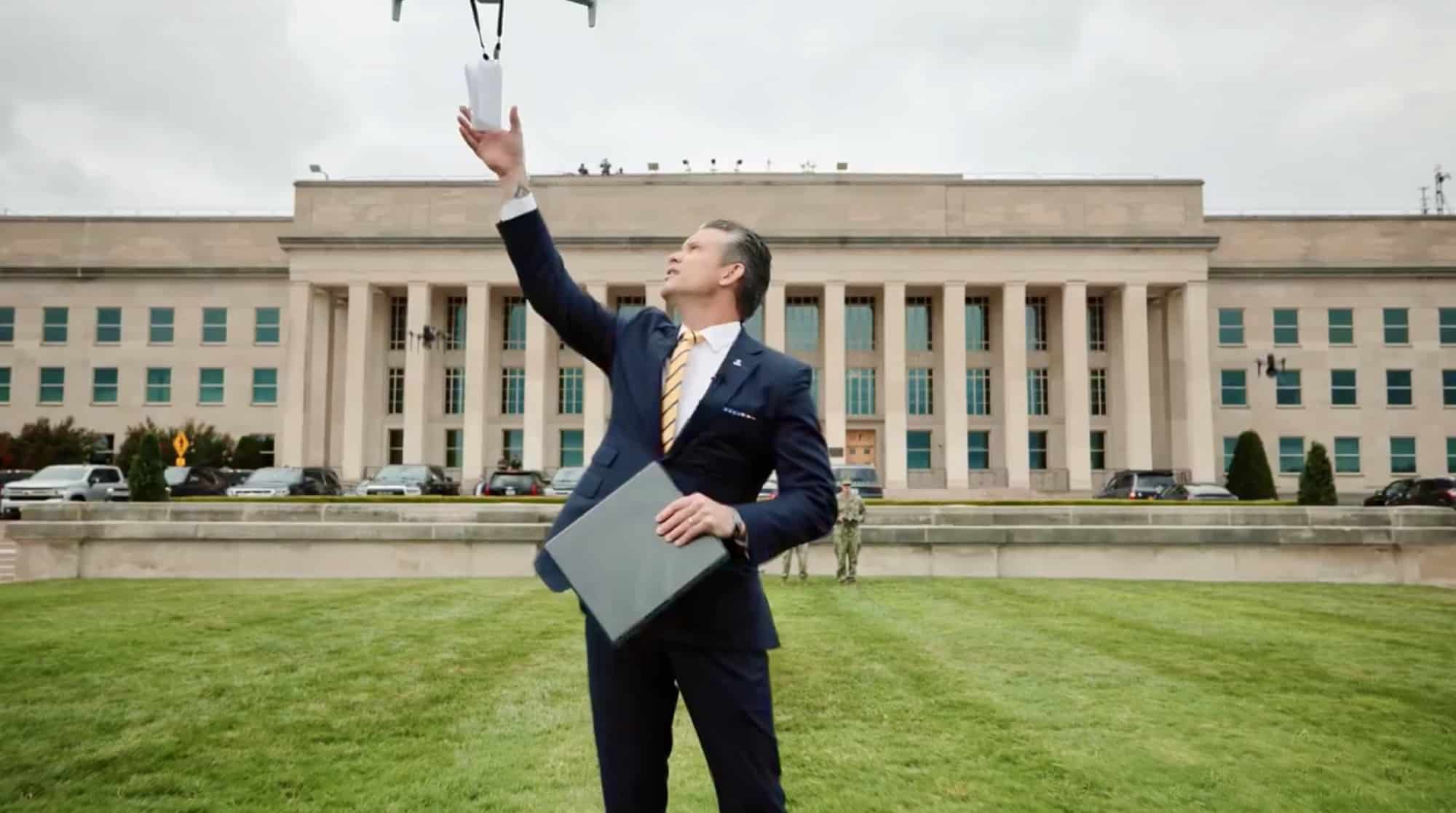
Boost for U.S. Drone Manufacturers and Market Trends
The directive prioritizes U.S. companies, sparking immediate industry responses and stock gains. Shares in firms like AeroVironment and Kratos Defense rose sharply on July 11, as Investor’s Business Daily noted, reflecting expectations of larger Pentagon orders. This shift removes prior restrictions on foreign components and classifies small drones as consumables, easing purchases and encouraging innovation in attritable systems under $2,000.
Teledyne FLIR Defense quickly endorsed the policy. “Teledyne FLIR Defense readily supports U.S. Department of Defense efforts to bolster our drone readiness and ensure all our warfighters are equipped with the right drone systems, technology, and training to achieve success on the battlefield,” said Dr. JihFen Lei, president of Teledyne FLIR Defense, in a July 11 statement.
“The Black Hornet nano-drone, shown flying in Secretary Hegseth’s video, has been supporting America’s military for more than six years. Along with our SkyRaider, Rogue 1, and other UAS platforms, we stand committed to keep providing the intelligence, surveillance and reconnaissance capabilities – and more – that give our armed forces a clear tactical edge.”
This opens doors for commercial drone makers to supply military needs, potentially increasing demand for AI-integrated and low-cost models. Industry trends point to growth in small UAS for surveillance and strike roles, with economic benefits from domestic incentives strengthening the U.S. supply chain.
Technical Advancements and Operational Implications
The focus on small, expendable drones highlights technical priorities like AI for autonomy and rapid fielding. For instance, Teledyne’s Black Hornet 4 features a 12-megapixel camera and thermal imager, weighing just 2.5 ounces (70 grams). It flies over 1.86 miles (three kilometers) for more than 30 minutes, handles 28.8 mph (25-knot) winds and rain, and includes obstacle avoidance.
Operationally, the directive promotes drone use in training to build skills against peer threats. Regulatory changes, such as updating the Blue List, streamline certifications and reduce barriers for innovators. While this enhances lethality and cost-efficiency, it requires careful management of spectrum and airspace to avoid conflicts. Overall, the policy positions U.S. forces for drone-led warfare, influencing global standards and offering lessons for civilian drone applications in search and rescue or agriculture.
The directive’s full text is available in a Pentagon PDF.
Photos courtesy of Department of Defense.
Discover more from DroneXL.co
Subscribe to get the latest posts sent to your email.




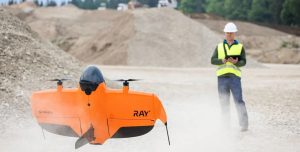
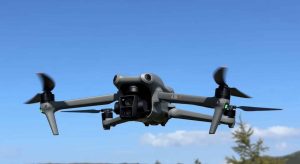
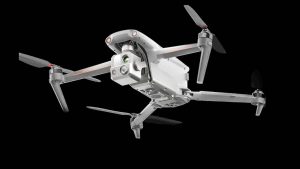
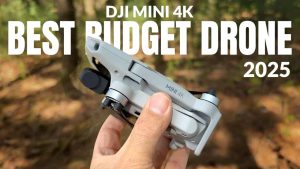

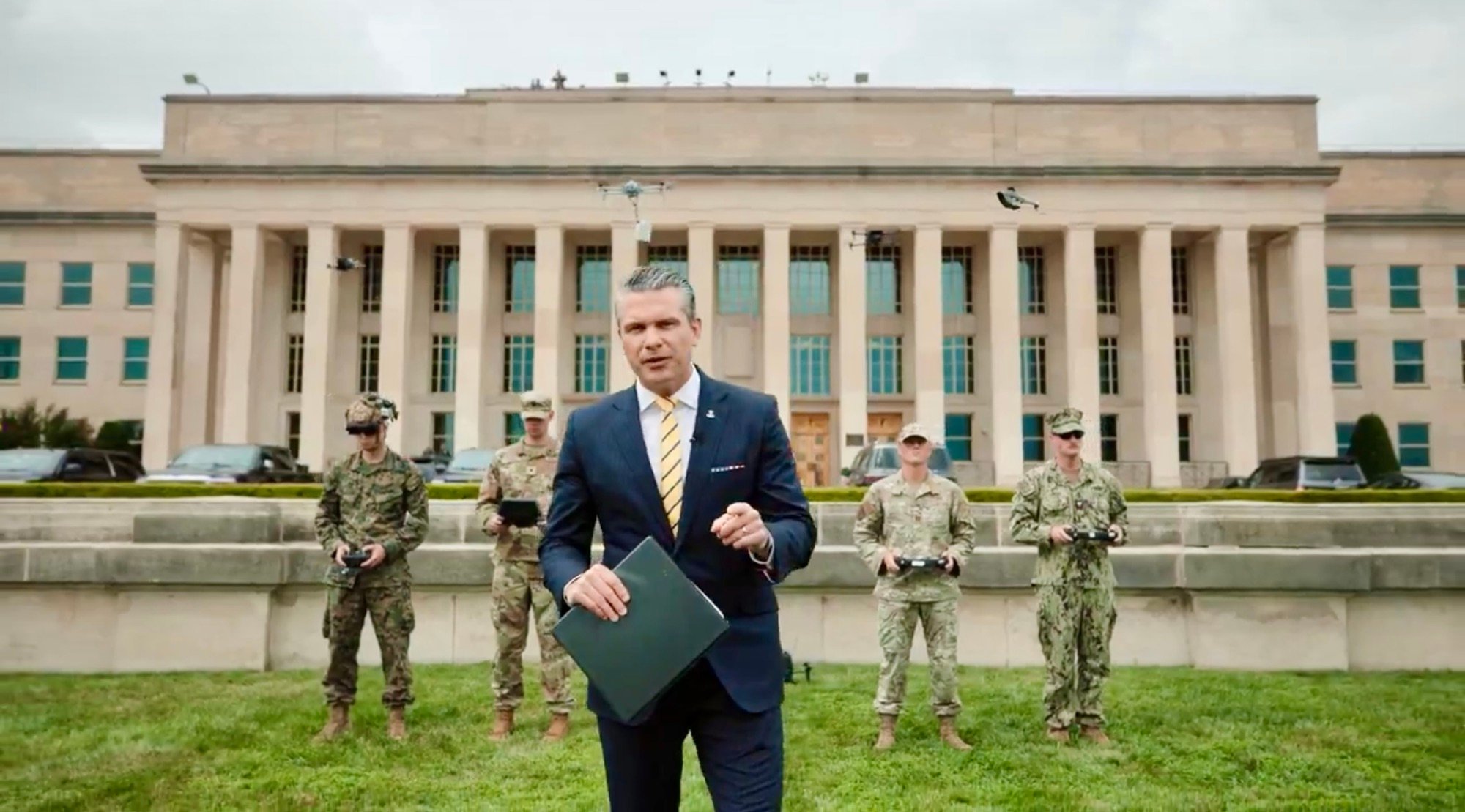



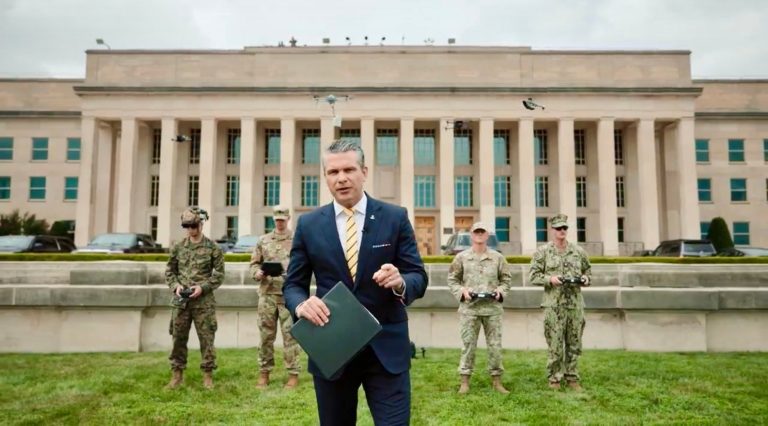
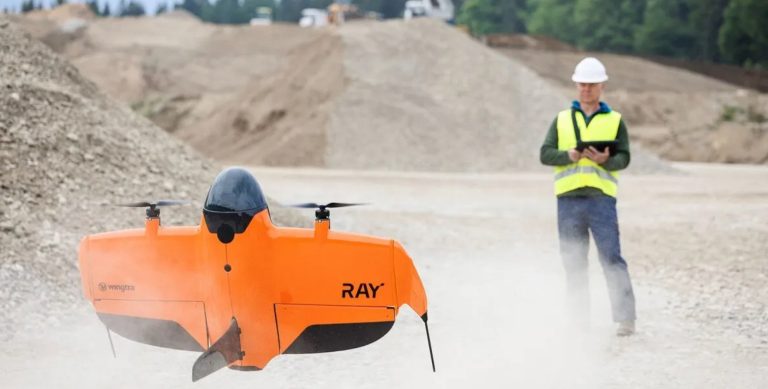
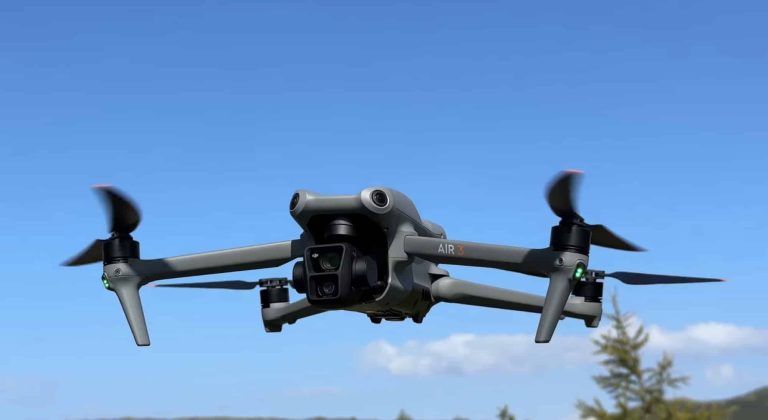
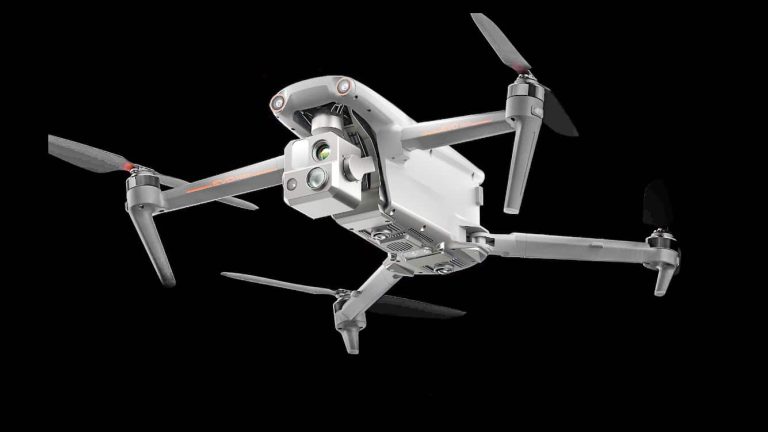
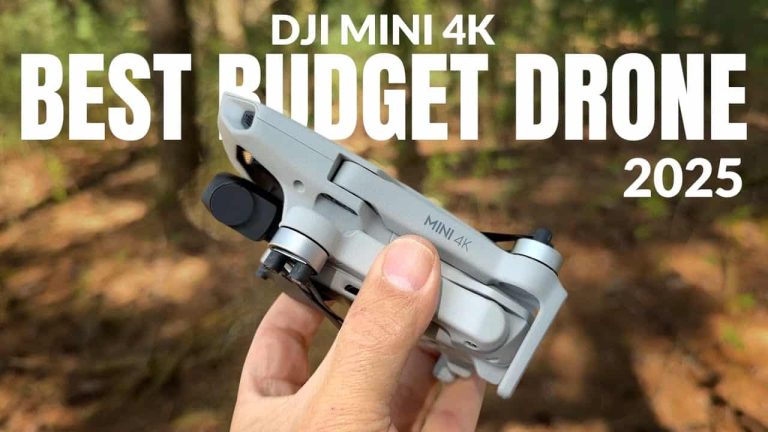
+ There are no comments
Add yours